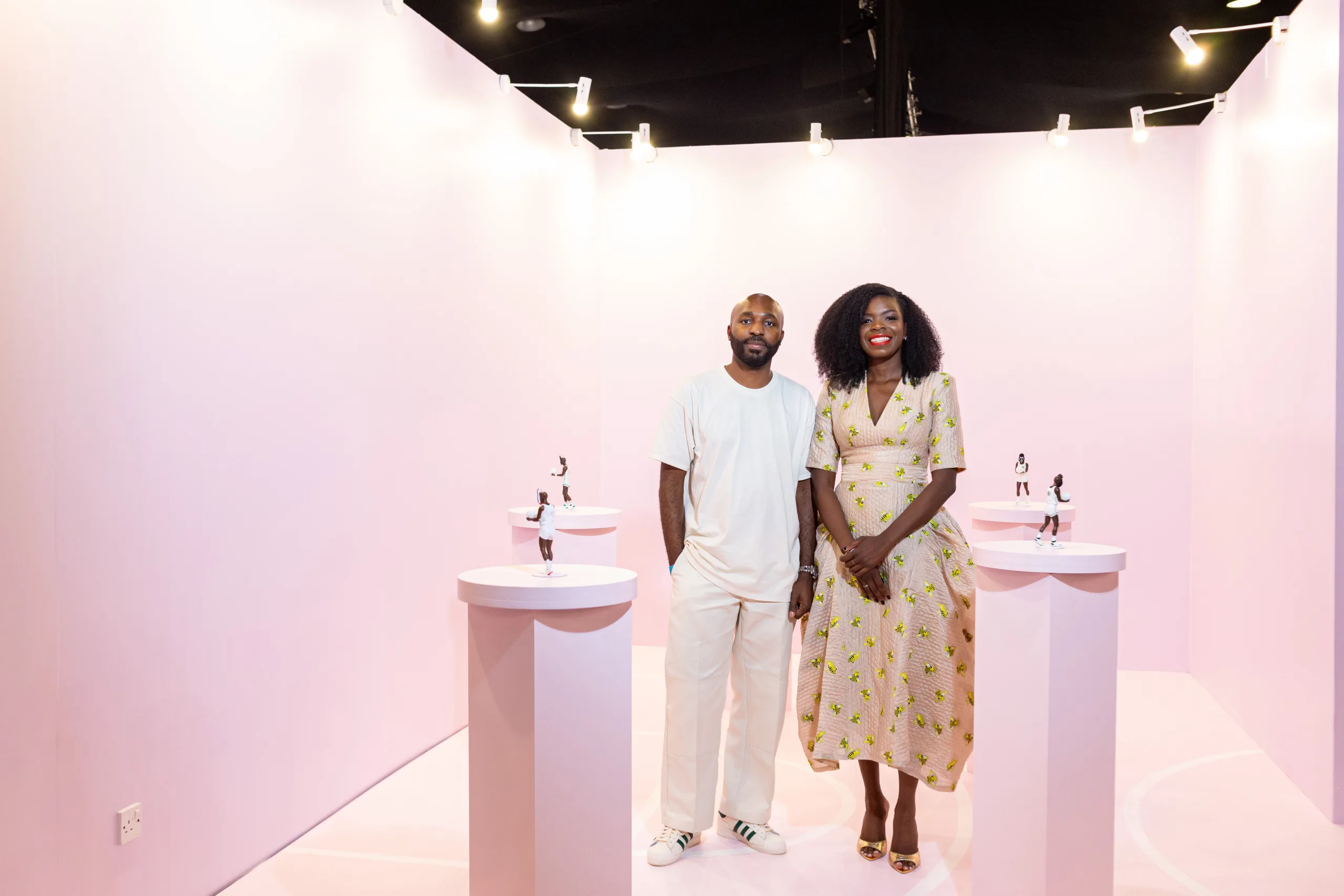Sungi Mlengeye is a self-taught painter who is known for her use of acrylic paint on canvas to create abstract, minimalist paintings with an interesting use of negative space. The majority of the pieces honour the ladies in her community with dark figures in muted tones of black and brown set against immaculate white backdrops.
A.S: It’s amazing how you made the switch from working in finance to becoming an artist full-time. What made you decide to take the risk and make art your career?
S.M: I always knew I would turn to creating, I’ve loved art all my life. Those final months in my old job were ridden with guilt of not making. I knew I had to become a full-time artist, I had to be where I belonged.
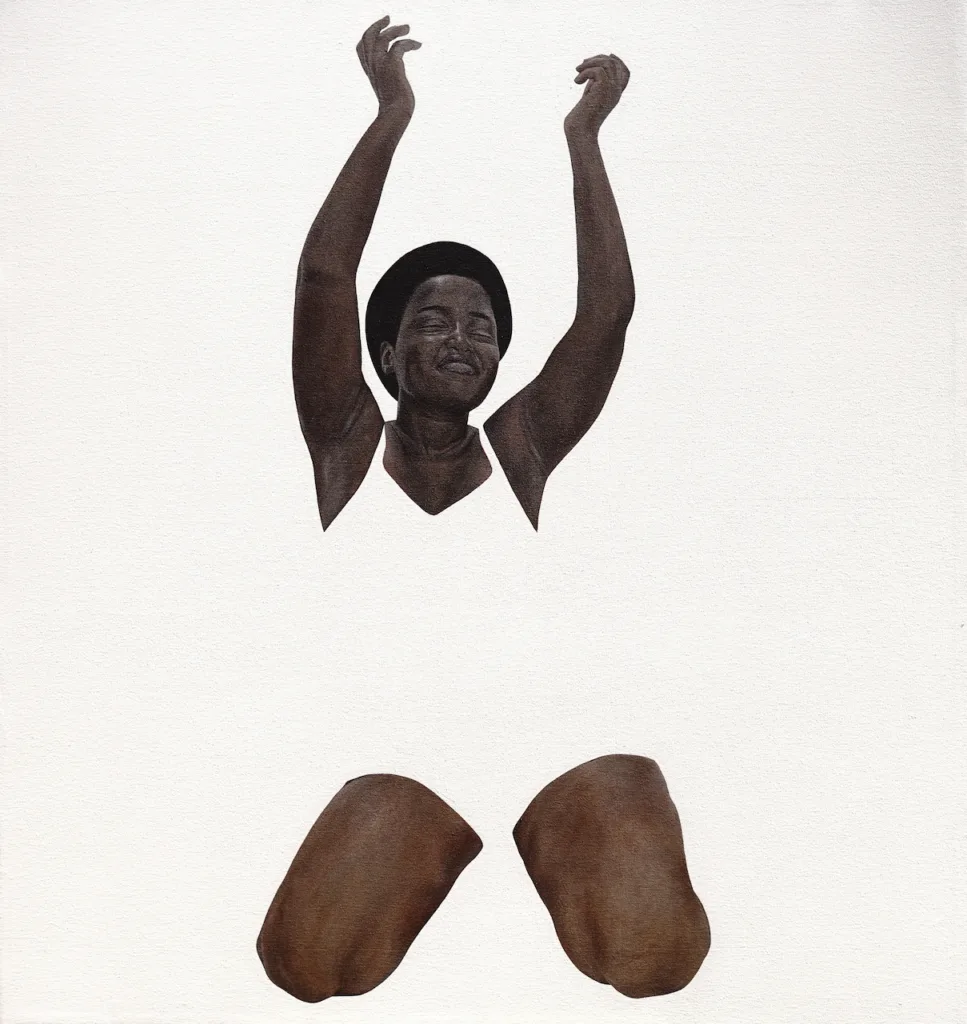
A.S: How did you discover your signature style as a self-taught artist?
S.M: I wanted to make something striking, a painting with a background you couldn’t miss. I didn’t know what this would be so I started working on my figure first, I loved how this turned out; the contrast of the dark skin against the untouched background – that was the first of my black and white paintings.
A.S: What three words, and why those particular three, would you use to describe your art work?
S.M: The first would be Celebration; the minimal background puts a strong focus on the people in the paintings so that they are the uninterrupted highlight. Then there is Possibility, created by the vast spaces in the paintings that leave room for the imagination to fill in the blanks. The canvas is not fully committed, there is room for endless possibilities to fill it up. This leads to the next word- Freedom. The people in the paintings and the viewers are not fixed to a set background, they are surrounded by choices.
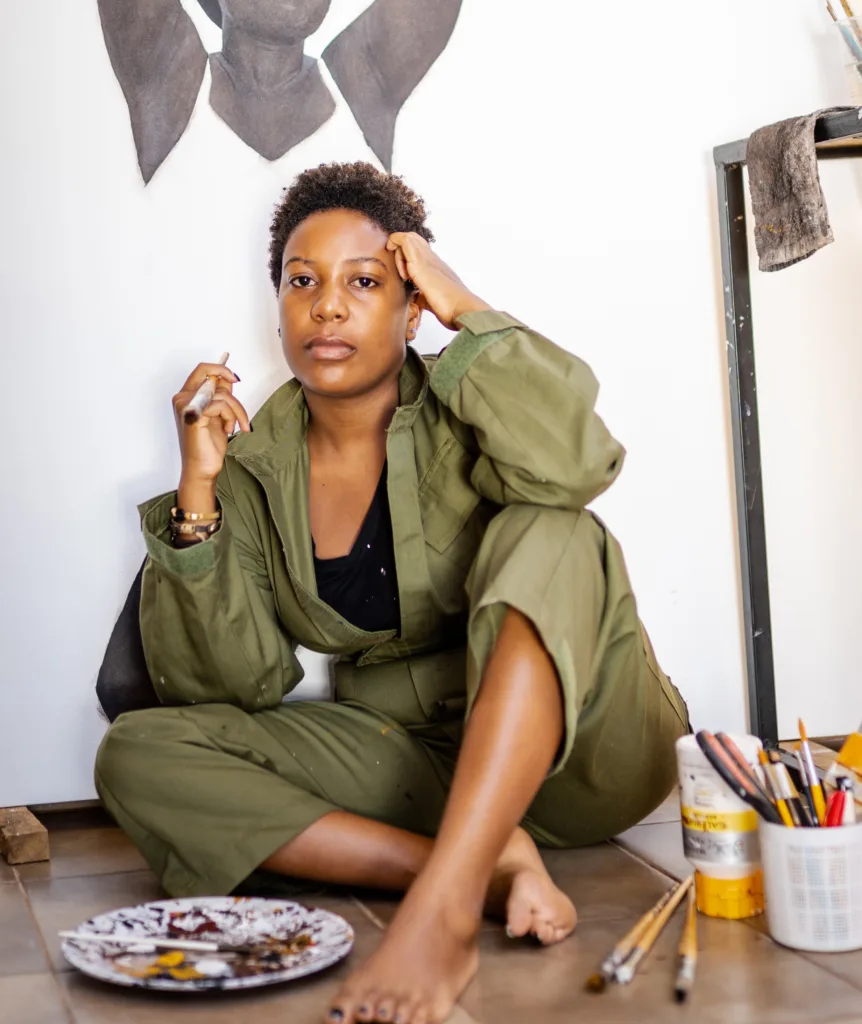
Image courtesy of Afriart Gallery
A.S: Do you have any interesting routines that you do to encourage a creative flow?
S.M: A common denominator is uninterrupted time – allowing my mind to roam, to think and dream and imagine new worlds. That is usually the first part of most of my process. Afterwards I usually photograph whatever it is that I find interesting and then move it to photoshop – my virtual sketchbook, where I play around with ideas. So, it’s usually a combination of uninterrupted time and play.
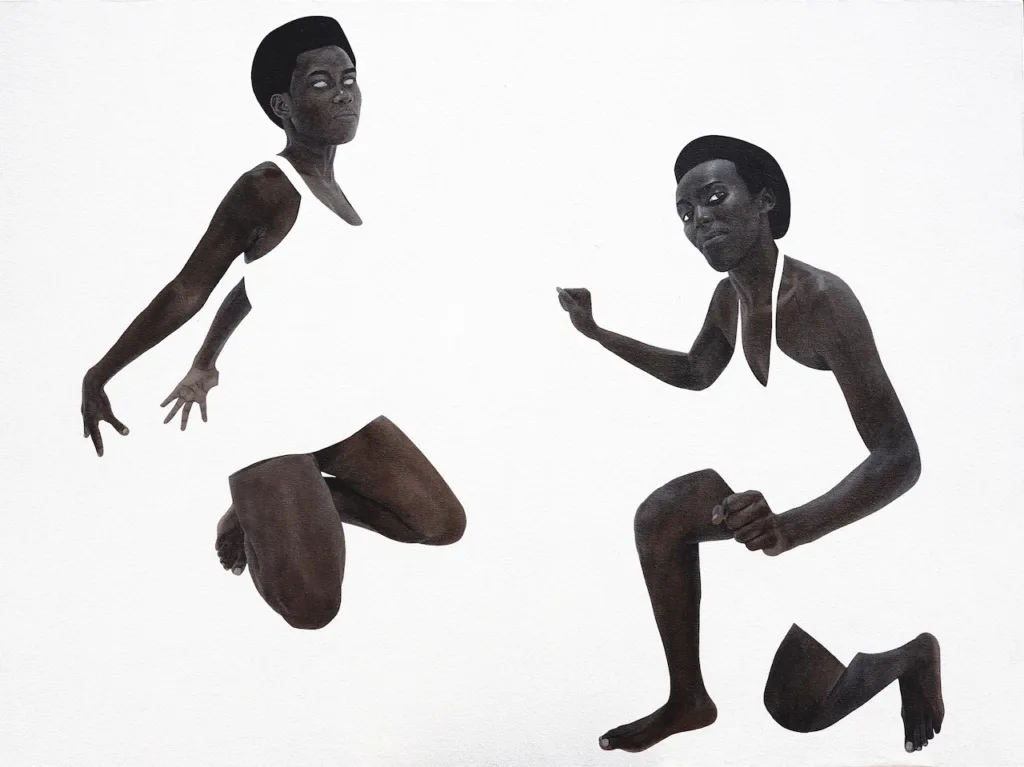
Image Courtesy Afriart Gallery Kampala
A.S: How has the 2023 Rockefeller fellowship been so far in impacting your practice?
S.M: There was so much beauty all around – in the landscape, the views, the villas, the paintings in the villas; and greatness in the people I was with, from all walks of life unshakably committed to their work. These encounters have moved me to give my all in what I do.
A.S: Several cities, including New York, London, Cape Town, and Kampala, have hosted your exhibitions. How have the various art scenes and cultures impacted your practice?
S.M: It’s basically about finding new audiences, sharing the work to more people which is a very purposeful thing for me. After creating, being able to share the creations with the world is a meaningful part of the work. For the events that I’m able to attend, it’s an enriching mind opening experience to meet new art appreciators and artists and discover new ways of making.

Image Courtesy of Afriart Gallery
A.S: Being a part of “A Force to Be Reckoned with”, what do you think the future of African women in art looks like?
S.M: The future is up for grabs for anyone who wants it, no permissions required. African women creators should create and stand up for their work. The future is what we make it.
A.S: What would you say to a young artist who is trying to make the switch in careers to become a full time artist?
S.M: Do it. Take a leap. Believe in yourself utterly. Create something you love and share it with the world in whatever way you can.
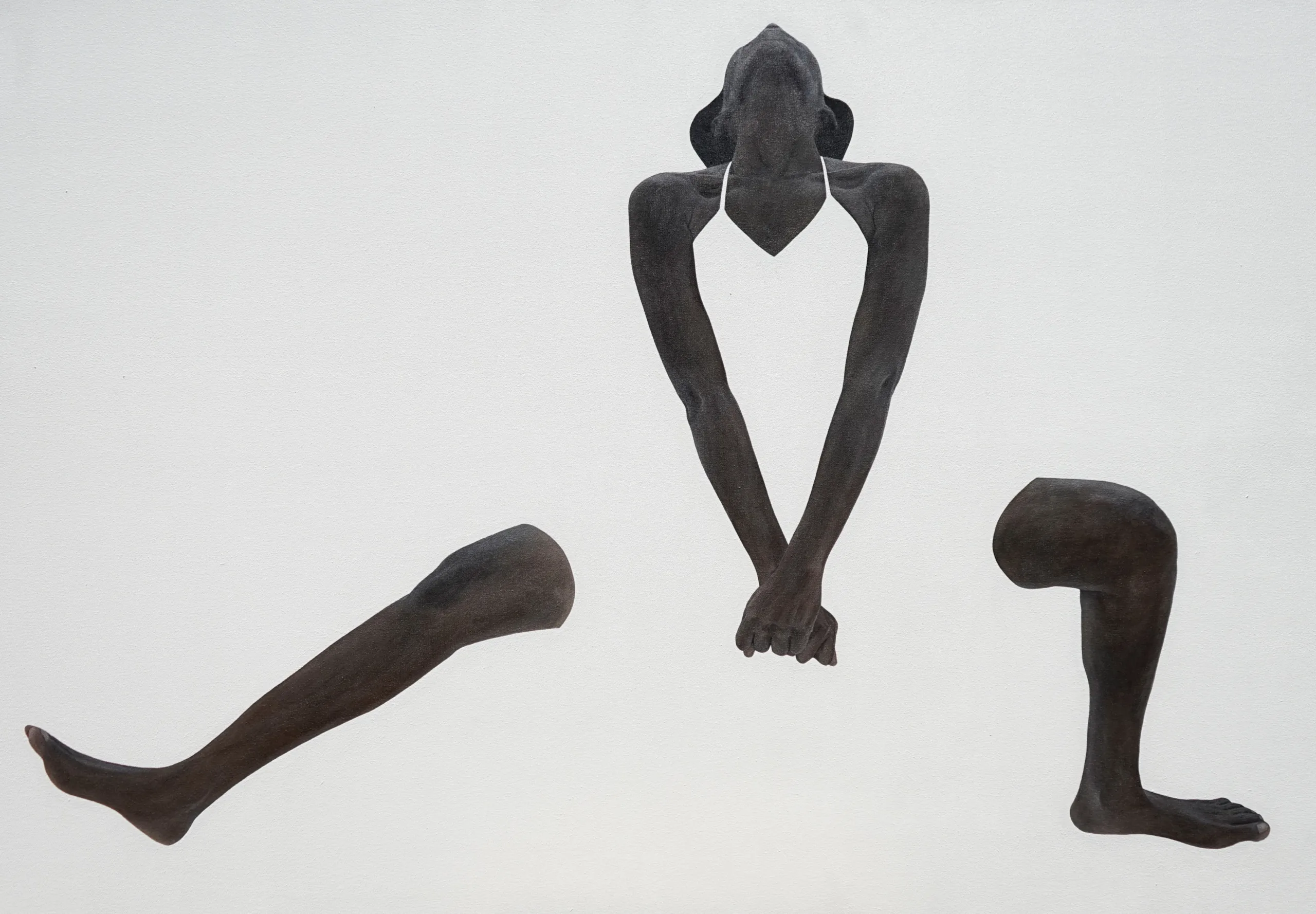
Image Courtesy of Afriart Gallery Kampala.
A.S: Is there a specific work of art—a painting, a sculpture, etc.—that has had a significant influence on you as a creator? If yes, describe it and explain why it appeals to you.
S.M: It is difficult to think of a single one as I am in awe of a lot of artworks that have in different ways inspired me to give more of what I can. But I’m currently fascinated by organic forms created by sculptures such as Yuko Nishimura and Sandra Davolio, their minimal palettes give off a sense of pureness and draws me to pay more attention to the forms.
A.S: Have you ever faced any challenges when producing your artwork? How did you handle them?
S.M: I’ve faced many challenges and I continue to do so. But I don’t mind the challenges I face in the creative process – such as juggling experimentation and output, or failing to create something I’m proud of. These make the process more interesting; the chaos and surprises break out the predictability and monotony of some processes. And then there is the vulnerability in fronting something new, and grounding yourself to keep creating regardless.
For more information about the artist, you can check out her Instagram or website.


